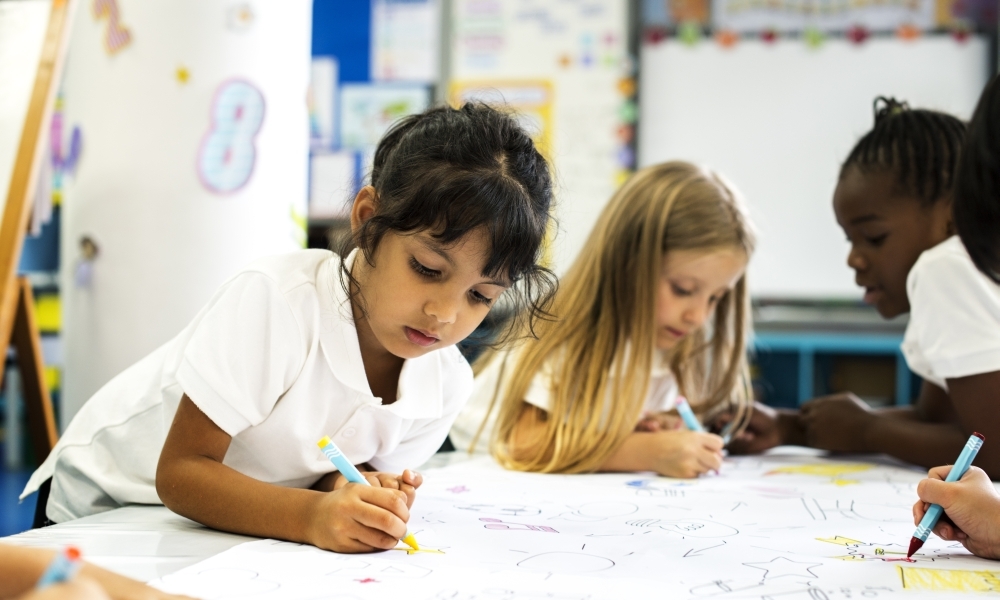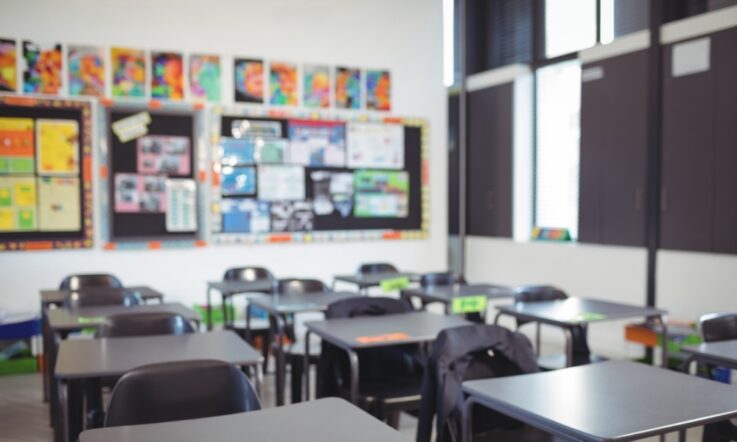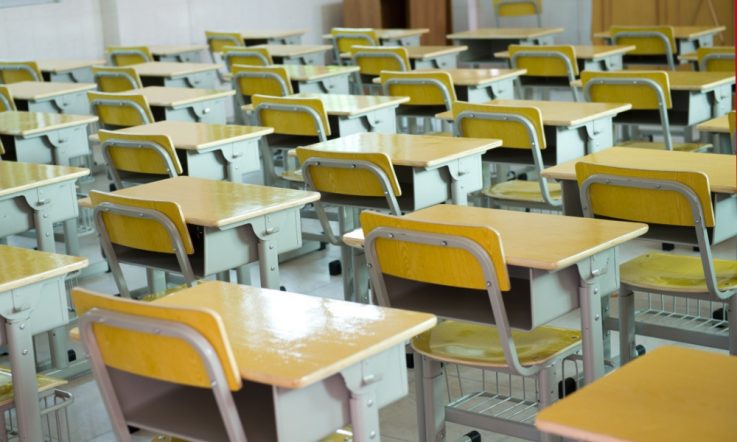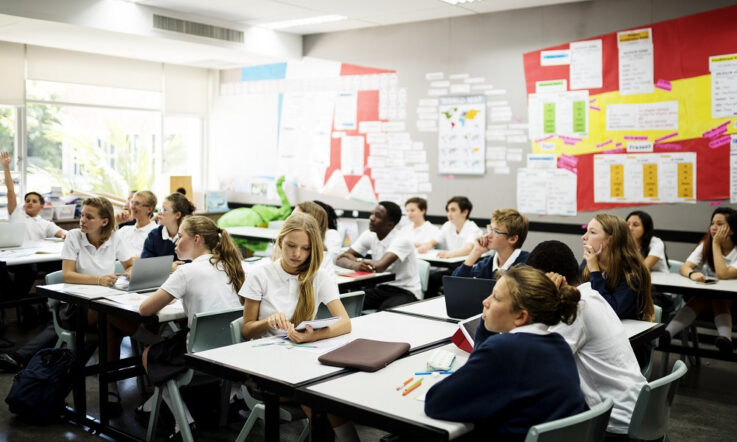Although teachers rarely have a say in the learning space they’re assigned, opportunities lie in how the walls, doors, ceiling and floors are used to display student work and topic material throughout the school year.
So, when it comes to classroom displays, how do you achieve an appropriate balance between exhibiting your own work, and representing student work? How does this affect a student’s sense of belonging? Last week, we spoke with Professor Peter Barrett about how to best utilise classroom displays to improve student learning. Here, he shares insights on how they can help students feel they belong in the classroom.
Professor Peter Barrett has studied the connection between the physical design of schools and student academic progress for years, publishing the Clever Classrooms study and The impact of classroom design on pupils' learning: Final results of a holistic, multi-level analysis which we covered in an episode of our The Research Files podcast shortly after their release. The research, which involved primary school students, found the physical environment of the classroom can explain 16 per cent of the variation in learning progress over one school year. It covered two main areas of wall displays – the impact of the ‘busy-ness’ of classroom wall displays, and the extent to which students themselves feel their classroom is their own.
‘One way of creating this feeling is where the work of the children is displayed on the walls,’ Barrett tells Teacher. ‘We have all probably attended parents' evenings where our own child steered us straight to show us where their work is on the wall – there is a palpable sense of pride and connection.’
Creating a sense of belonging
As part of this body of research, a Top Ten Tips document was also released, which summarises the main research findings and offers practical suggests for classroom educators. Tip five looks at engendering ownership with students.
‘Having aspects of the classroom that reflect the individual pupils is important – some of their work on the wall, names/pictures on trays and pegs, etc. Also something that maybe they have created together that makes the classroom instantly recognisable – not just a soulless box,’ the document reads. ‘This is all supported by good quality, child-centred furniture and equipment. Lots of teachers do these things, and our evidence shows that it really helps.’
The Clever Classrooms study further reiterates that elements like trays and pegs which are personalised are an important factor in helping to form an individual’s identify and sense of self-worth. Showcasing shared display tables were also found to be important.
‘Classrooms that feature the products of students’ intellectual engagements, projects, displays, and construction are also found to promote greater participation and involvement in the learning process,’ the paper reads.
Keeping topic-related displays relevant and balanced
Classroom wall displays often include materials made by teachers to reflect current learning topics and priorities. Barrett says it’s important to keep a balance of representing student work as well as your own at all times.
‘Of course teachers need to put up topic-related display material that can aid independent work amongst the pupils, but this has to be kept current as the syllabus moves forward,’ he says.
In the report, The impact of classroom design on pupils' learning: Final results of a holistic, multi-level analysis, evidence-based suggestions for the design of display materials are outlined.
‘… the overall appearance, including the room layout and display on the wall has to be stimulating, but in balance with a degree of order, ideally without clutter. Similarly, colours with high intensity and brightness are better as accents or highlights instead of being the main colour theme of the classroom.’
Barrett tells Teacher: ‘The suggestions given here relate to primary schools, but the whole notion of the benefits of an intermediate level of ambient stimulation seems to be linked to the human condition. So it may be achieved in different ways, but in principle a moderate level of ambient stimulation can be expected to be beneficial in secondary schools. So too should engendering a sense of spatial ownership.’
References
Barrett, P., Zhang, Y., Davies, F., Barrett, L. (2015). Clever Classrooms: Summary report of the HEAD Project (Holistic Evidence and Design). University of Salford: Manchester.
Barrett, P., Davies, F., Zhang, Y., Barrett, L. (2015). The impact of classroom design on pupils' learning: Final results of a holistic, multi-level analysis. Building and Environment, Vol. 89. https://doi.org/10.1016/j.buildenv.2015.02.013
As you welcome students at the beginning of the year, how will you be using elements of classroom displays to help engender a sense of self-worth and belonging?
This research suggests including ‘something that maybe they have created together that makes the classroom instantly recognisable – not just a soulless box’. Think about how you could introduce this into your own practice.



